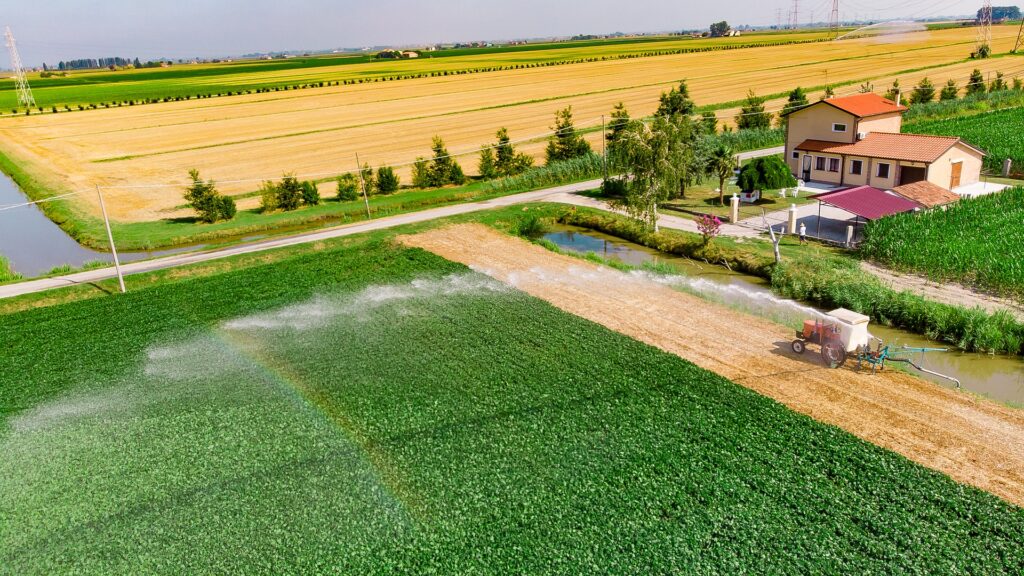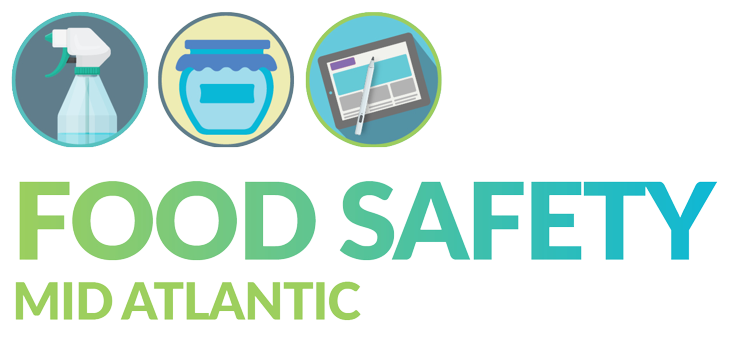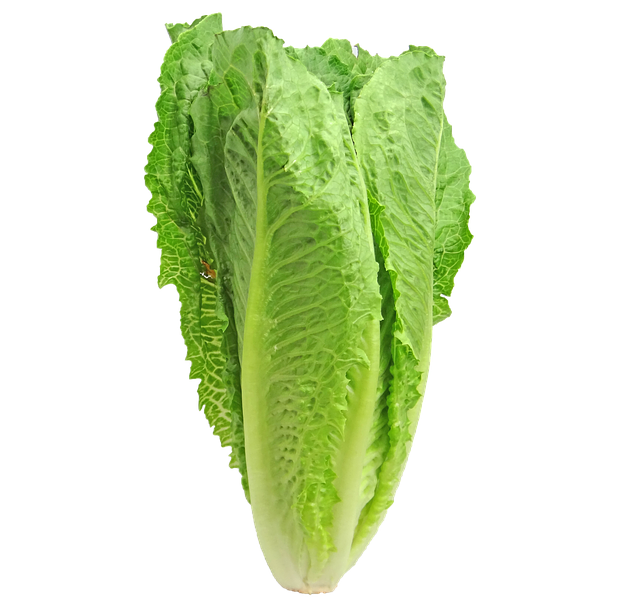Food Safety: The Connection between Leafy Greens, Workers’ Rights, and Cattle
In fall 2020 there was an outbreak of Shiga toxin producing E. coli (STEC) O157:H7 linked to consumers eating leafy greens; most notably Romaine lettuce. In fall 2019; there was a recall of Romaine lettuce due to STEC O157:H7; this outbreak meant that for Thanksgiving, pumpkin pie was healthier than salad. In fact, when we look back over the last ten years, forty outbreaks from STEC O157:H7 on leafy greens were identified. Romaine lettuce was responsible for more than half of these outbreaks. This comes at a huge cost as between 2009 and 2018 there were 1,212 illnesses, 77 cases of hemolytic uremic syndrome, and 8 deaths.

Another issue faced by the leafy green industry is that of farmworkers’ rights. Harvesting produce is labor intensive as, unlike for grains, it cannot be easily automated. Much of our fresh fruit and vegetables are harvested by an immigrant and undocumented workforce. It isn’t, as it is represented in the press, unskilled work as many farmworkers are highly skilled at growing and harvesting crops. They wouldn’t be able to make a living at it otherwise because they are often badly paid. Their poor treatment extends to housing and healthcare as they risk losing their jobs or even being deported if they complain. Poor treatment of food workers is not exclusive to produce growing extending to all areas of the food production and manufacturing system including livestock farming and manufacturing.
Cattle are raised in CAFOs (Concentrated Animal Feeding Operations) in which huge herds of beef cattle are raised. Cattle have been repeatedly demonstrated to be a persistent source of pathogenic E. coli, including E. coli O157:H7 and have been linked to the STEC outbreaks from leafy greens. My food safety colleagues and I always assume that If there is a STEC outbreak, cattle were involved somehow.
“Whenever you have an E coli outbreak in any produce, and you do a long enough investigation, eventually you will bump into a cow,”
Richard Raymond, former undersecretary for the US Department of Agriculture (source)
Cattle on CAFOs produce millions of tons of manure which because it is concentrated ends up contaminating the local water supply which is then used for irrigation of the fresh produce and causes contamination.

The current food system encourages farmers to get bigger and bigger so now we are mostly dependent on Romaine lettuce coming from two places; Salinas Valley CA and Yuma AZ In both these areas, acres upon acres of lettuce and other leafy greens are grown and the same crops are grown in the same fields every year with no time for the soil to recover.
Rural infrastructure is deteriorating, meaning that farmers use whatever water is available. Unfortunately, this quite often means that they are using water that has been contaminated with manure from livestock, especially if CAFOS are nearby.
This past week the FDA released their “Investigation Report: Factors Potentially Contributing to the Contamination of Leafy Greens Implicated in the Fall 2020 Outbreak of E. coli O157:H7” They have some good recommendations. All growers should carry out a risk assessment of their neighbors so that they know if livestock are being raised near to their farms. If this is happening, produce farmers must implement risk mitigation strategies to reduce cross contamination from livestock on to fields where leafy greens are growing. Additionally, FDA is calling upon livestock owners to consider implementing monitoring programs for human pathogenic E. coli and share that information with local leafy green growers.
FDA recommends that growers in Salinas Valley CA must recognize that STEC O157:H7 is a hazard in their leafy greens and any food safety plans prepared under the Produce Safety Rule must list this as a hazard and specify how they are going to control for it. If produce farmers identify a foodborne illness on their farm or in their packhouse, the FDA, says that they must carry out a root cause analysis to find out its source.
One of the bigger issues for the FDA is traceability and provenance labeling, so further recommendations for all growers of leafy greens are to improve traceability and industry-led provenance labeling. The FDA would love to see more digitization of records so that a traceback after an outbreak as been identified can be completed as quickly as possible.
While these are great suggestions for ensuring the safety of leafy greens, the whole food system is still at risk. Farmworkers’ rights, CAFOs, and acres of monocropping fresh produce is an indication of how unnaturally we grow mass produce food. These issues are linked by dehumanization and commodification. We dehumanizing farmworkers their unsafe working conditions are not our problem. Lettuce and livestock end up as commodity crops and the land is their growing medium rather than a living ecosystem. The soil, the food, and the people are exploited to get as much out of them as possible.
Next Steps
Instead of growing lettuce in a desert next to CAFOs, we need support for local and regional food systems, reduce harm to the soil, support people growing and harvesting our food, and ensure the food we eat is safe. We have many different roles in the food system and the next steps vary depending on our role(s).
We are all consumers and make choices with our wallets. For example, we can look for local farms that are selling fresh produce so that it doesn’t have to travel thousands of miles to your plate. Additionally, if supermarket produce is our main option, we choose to buy from companies that have signed the Fair Food Program. This unique partnership among farmers, farmworkers, and retail food companies ensures humane wages and working conditions for the workers who pick fruits and vegetables on participating farms.
Leafy green growers should sign up for the Fair Food Program and follow its guidelines. In addition, they must follow the new FDA guidelines by drawing farm maps, finding out if cattle are neighbors and writing mitigations plans to prevent contamination from ever becoming a problem. Book a call today if you need help with food safety and mitigation plans.
Leafy Green buyers must also sign up for the Fair Food Program and demand their suppliers to follow its guidelines. Their approved supplier program must have questions about food safety concerns including the presence of local CAFOs, water testing, and general sanitation procedures to prevent cross contamination from the farm to the packhouse. Buyers should work with their suppliers to support them through a transition if it is required. Book a call if you need to discuss what this might look like.


Pingback: Don’t let Stop Food Waste Day Distract You – Food Safety Mid Atlantic